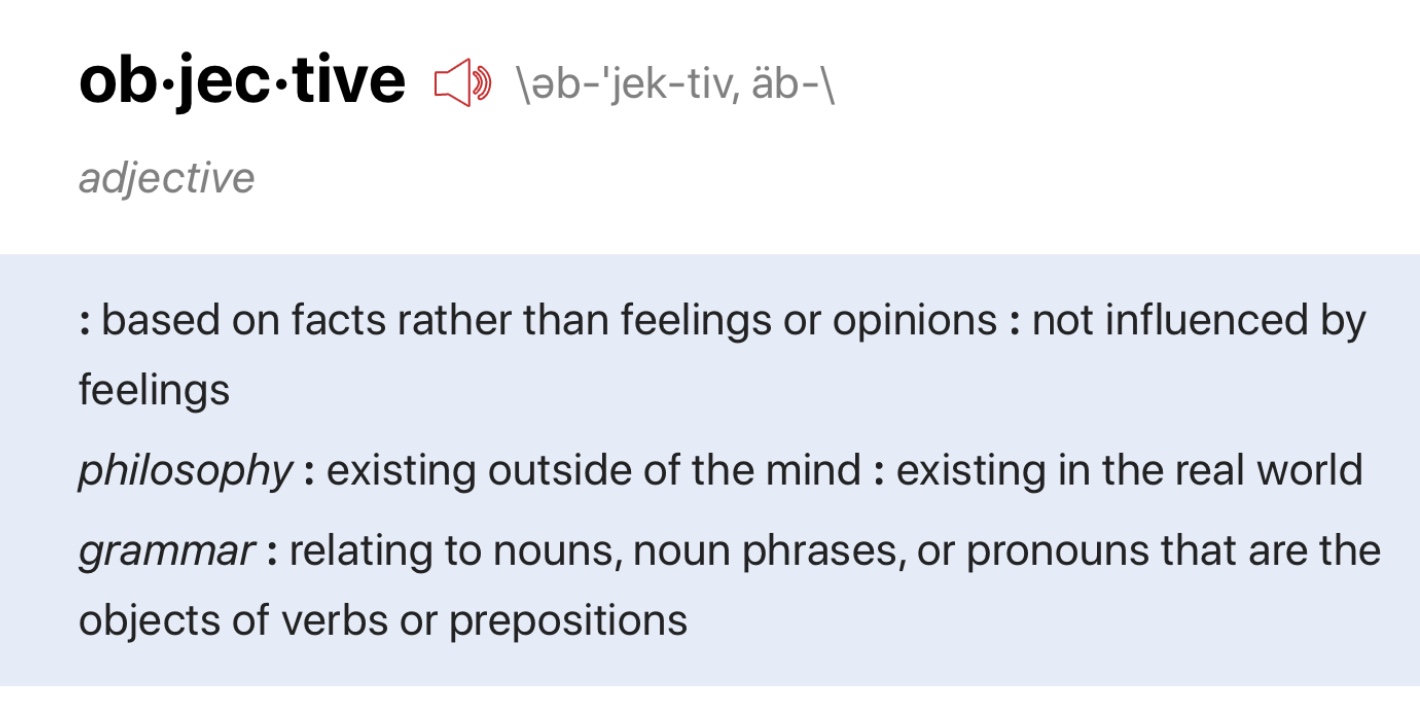For the sake of any new head-fiers reading this thread, it should be made clear that the HRTF EQ adjustments should be made to raw, uncompensated measurements. If trying to apply an HRTF EQ to a graph that's already compensated using a manufacturer's or reviewer's compensation curve will likely sound terrible.
Also, in regards to headphones being used for mastering. I seriously doubt there are any major artists whose music has been mastered solely on headphones. It was mentioned earlier in this thread that Noisia uses the LCD-X. This is true, and I'll also add Rob Swire (Pendulum/Knife Party) and Jon Gooch (Feed Me/Spor). The part that got lost is that the LCD-X is just part of their overall mastering process.
Finally, I think there are many aspects of sound that influence perceived detail with FR being one of the top contributors. As for real detail, which IMO is synonymous with resolution, I think that has more to do with the acceleration and deceleration of the driver which is tied to motor force and lack of inertia (lightness) of the driver combined with low distortion. The speed at which the drivers start/stop is influenced both by the drivers themselves in combination with the electronics driving them.















